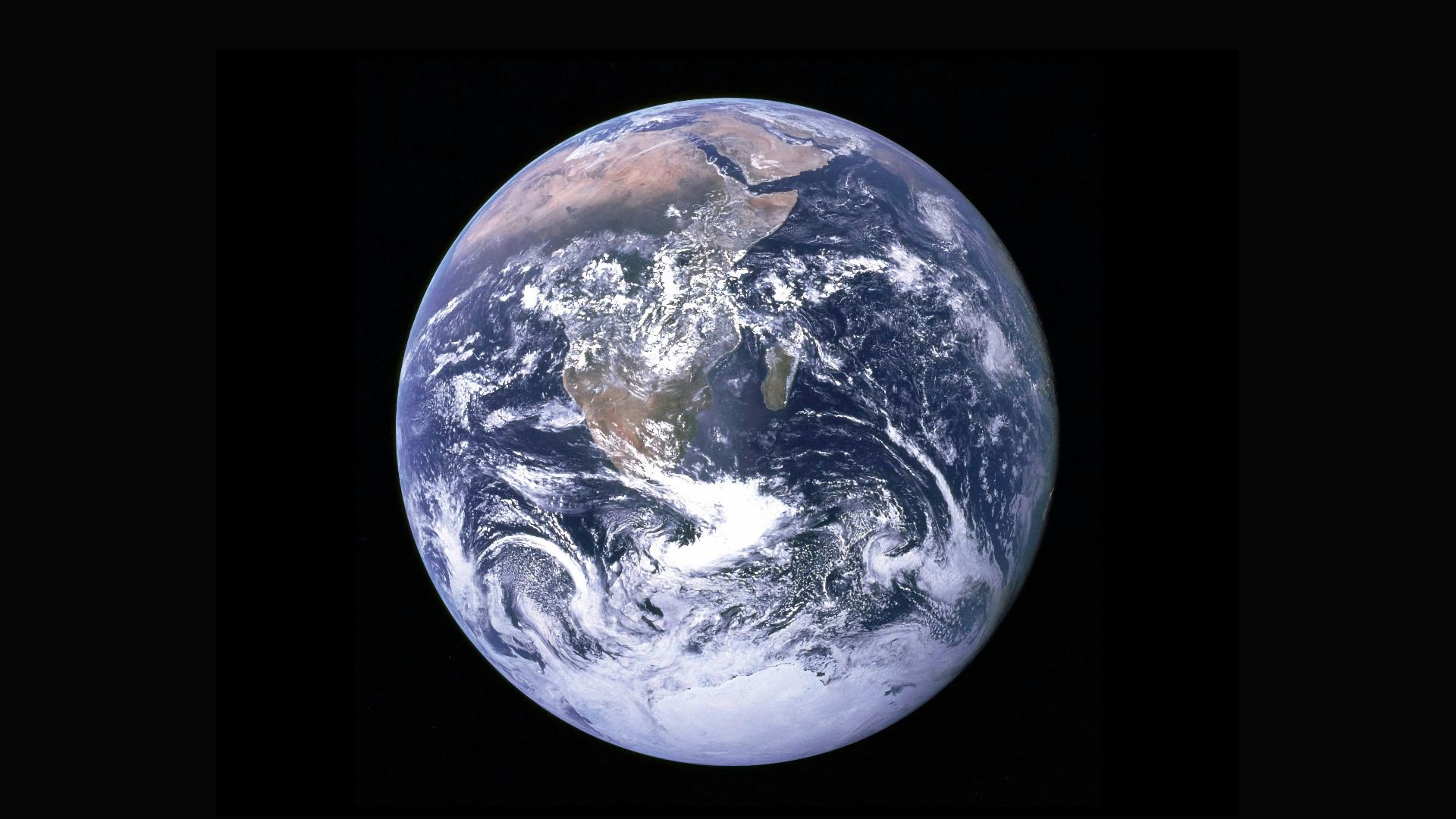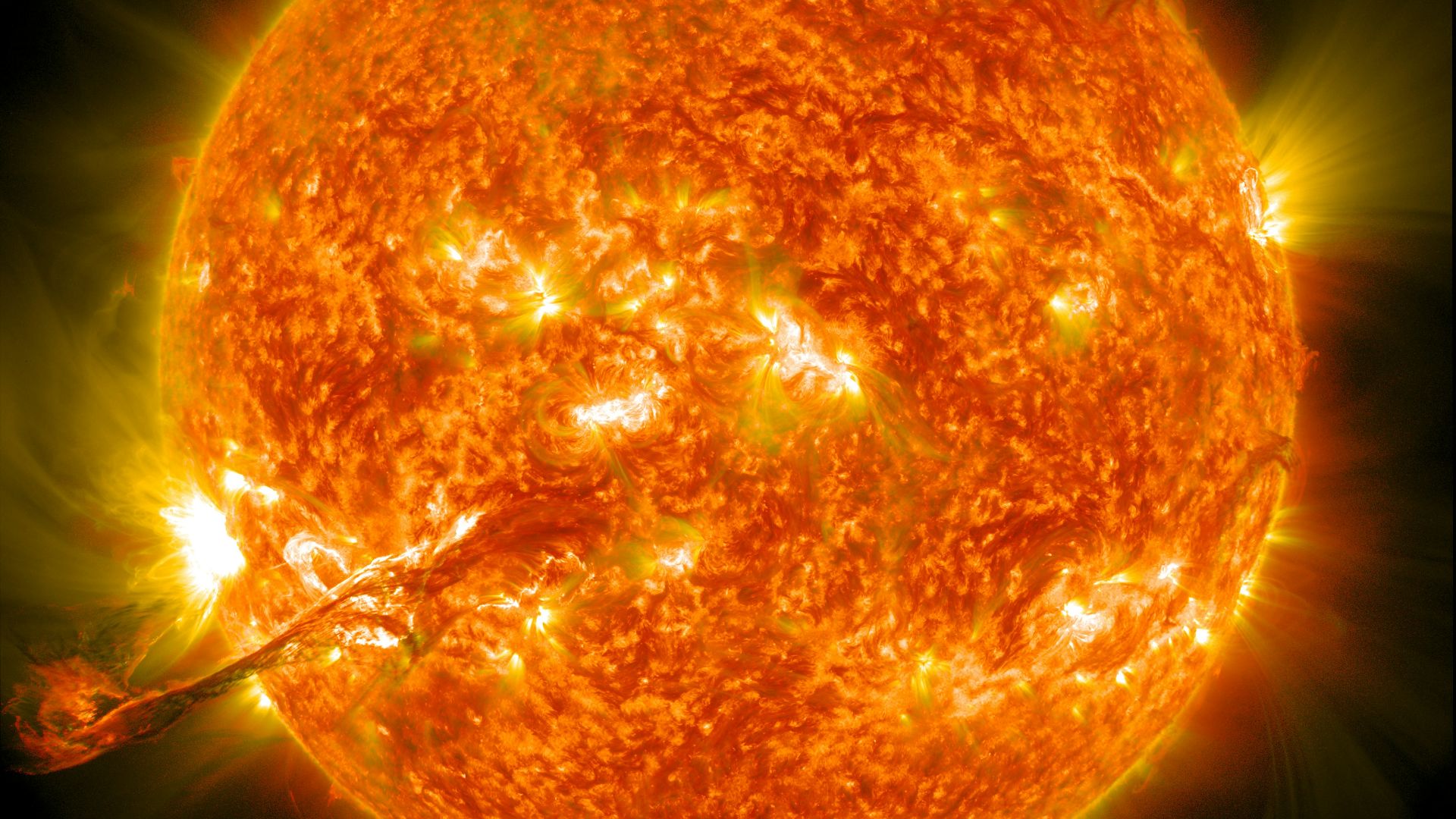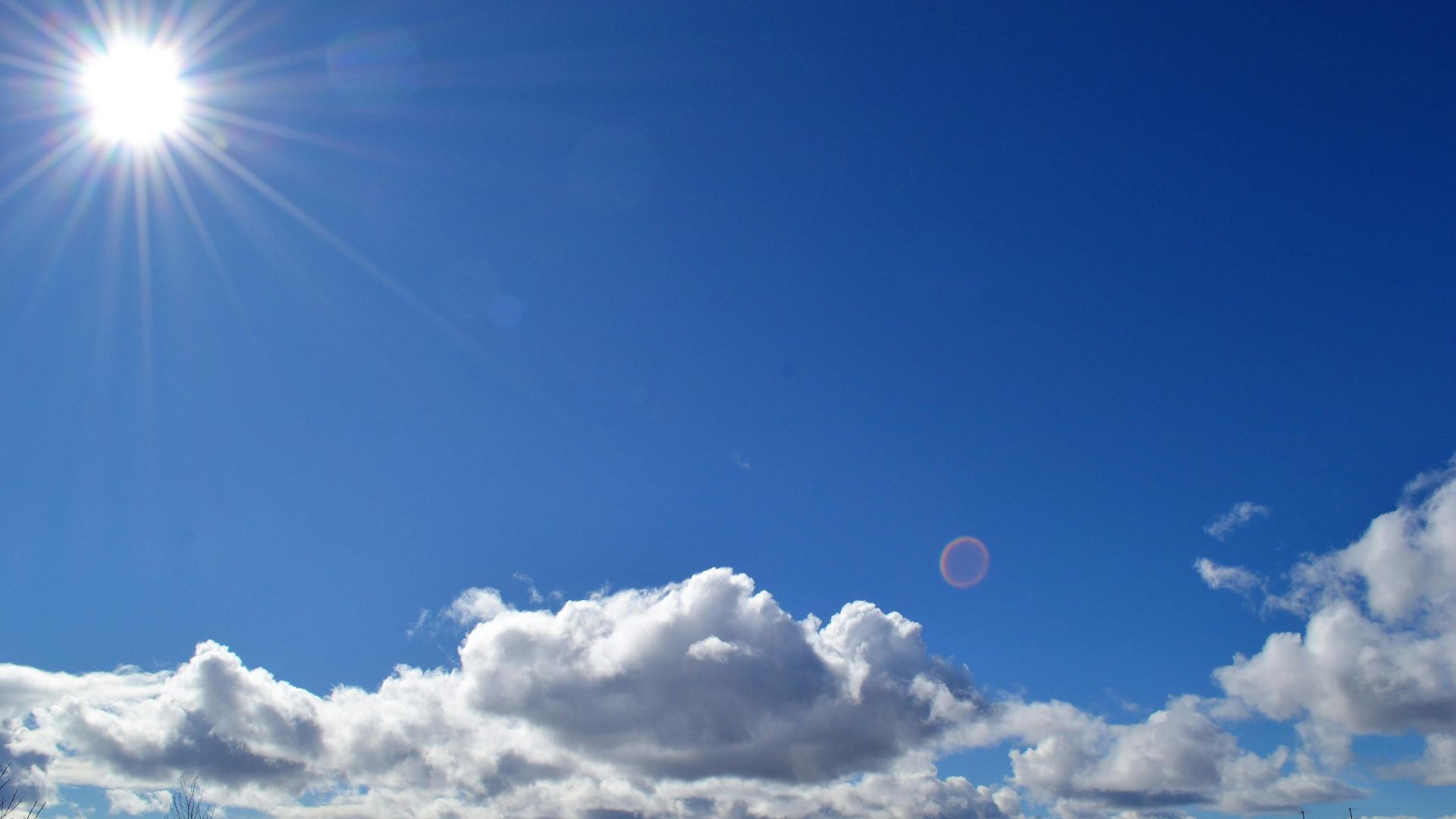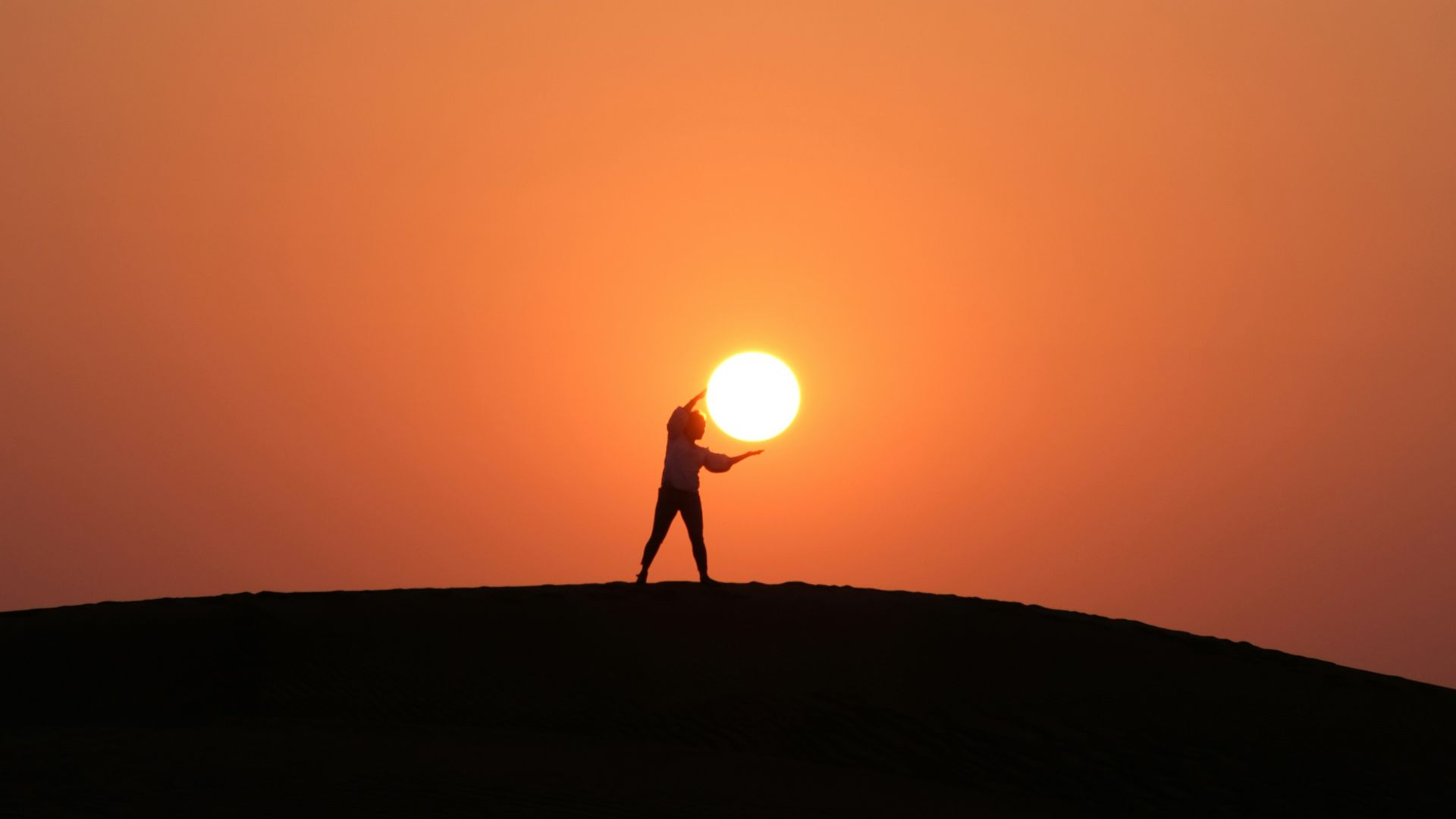It's Getting Hot in Here
We owe those gorgeous beach days to the Sun, but how much do you really know about that giant glowing ball of light above you? Do you know how old it is, how hot it gets, or how much energy it still has left to power our entire solar system? If you're curious about this massive star, here are five burning hot facts guaranteed to leave you intrigued.
1. It's 4.6 Million Years Old
The sun formed around 4.6 million years ago in a spinning cloud—called the solar nebula—that eventually collapsed into a disk. It's around the same age as our solar system as a whole, but about half a billion years older than Earth.
2. It's 100 Times the Size of Earth
The sun is a gigantic yellow star, the biggest object in our solar system. It's about 100 times wider than the size of Earth, and 10 times bigger than Jupiter, which is the largest planet, and about 11 times wider than Earth.
3. It's Made of Helium & Hydrogen
The sun is made up of helium and hydrogen and is held together by its own gravitational pull. The core is the hottest part of the star, and temperatures here can reach up to 27 million degrees Fahrenheit or 15 million degrees Celsius.
4. Its Light Takes Eight Minutes to Reach Us
When you look up at the sun (with sunglasses!) on a bright, blue-sky day, the light you're seeing is what the sun looked like approximately eight minutes and 20 seconds ago. That means, were the sun to ever just randomly vanish, we won't be aware of its disappearance until nearly 10 minutes later.
5. Will Eventually Run Out of Energy
Scientists estimate that the sun is currently a little less than halfway through its life and has enough energy to burn for another 5 billion years. Eventually, though, it'll expand into a giant red star, so massive that it'll engulf the surrounding planets, including Mercury, Venus, and possibly Earth, before collapsing into a white dwarf.













